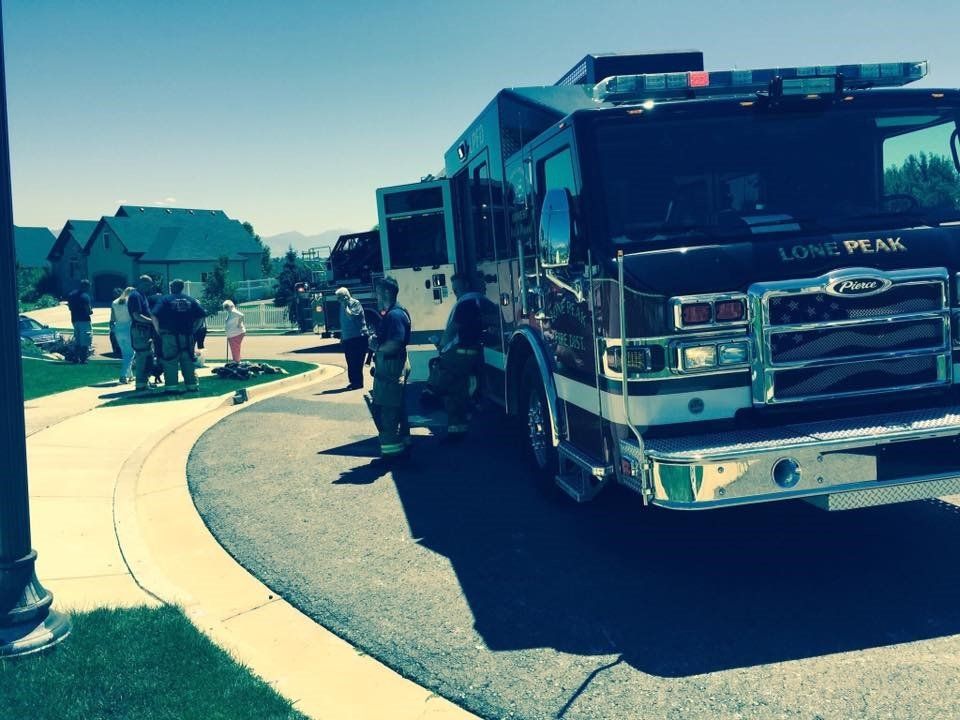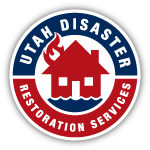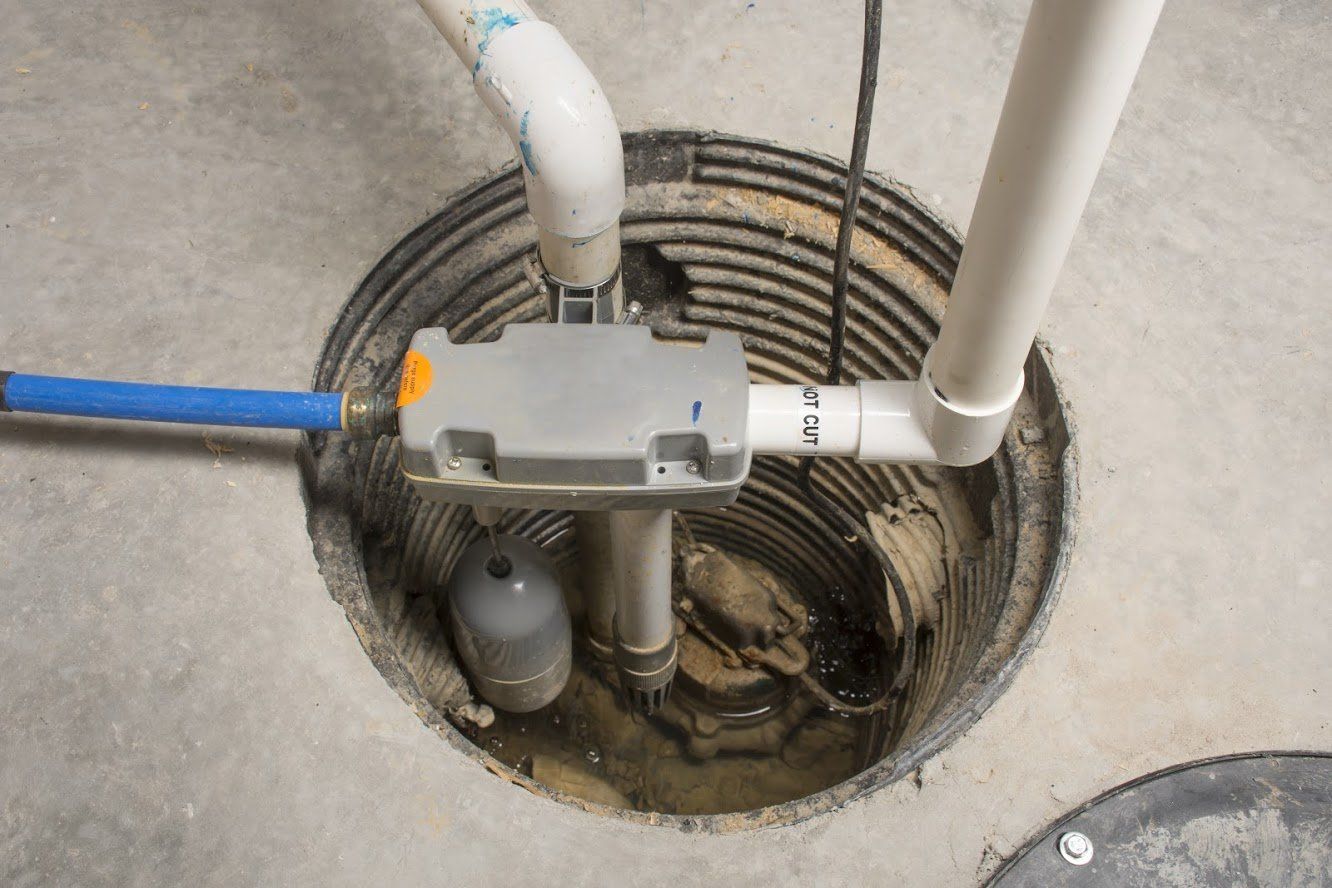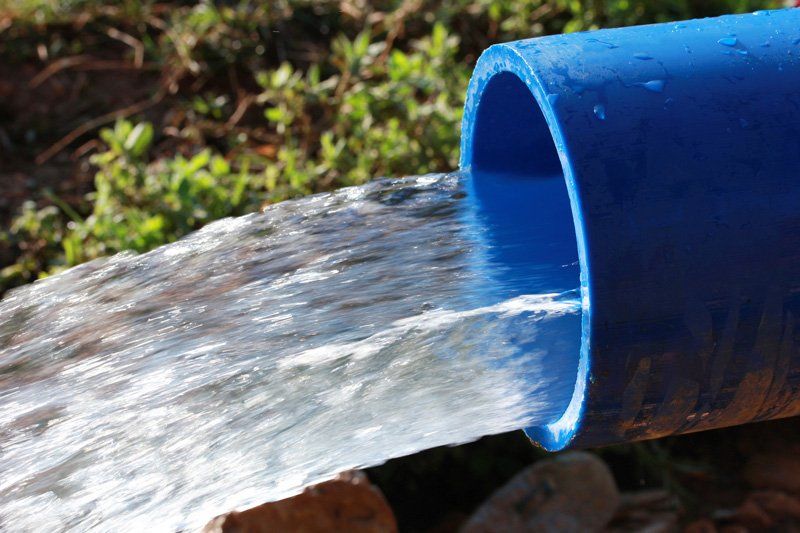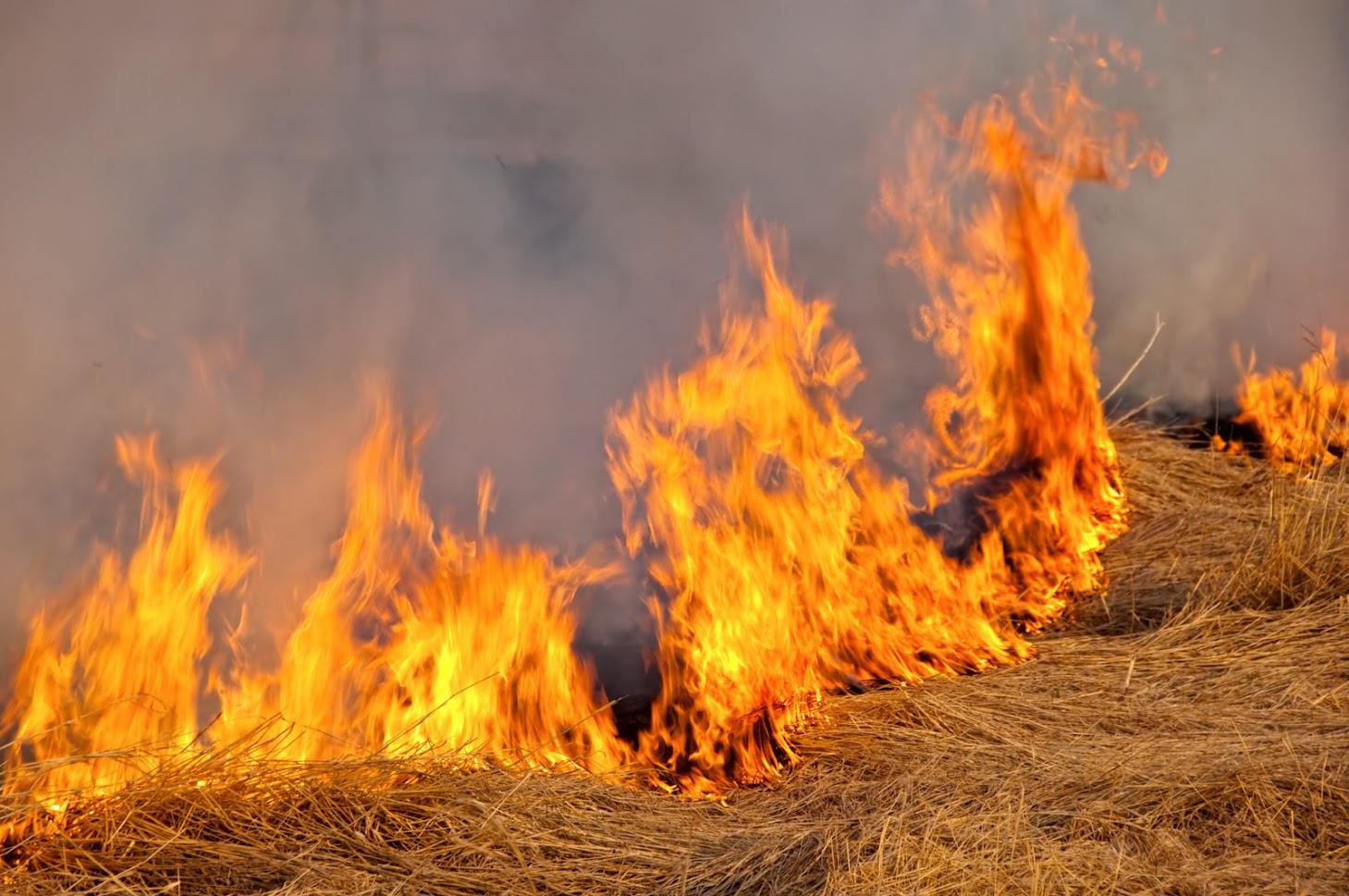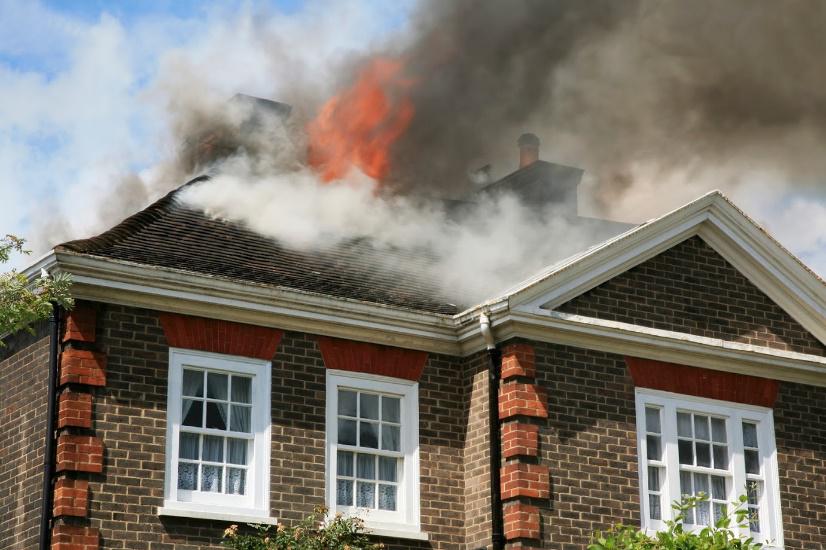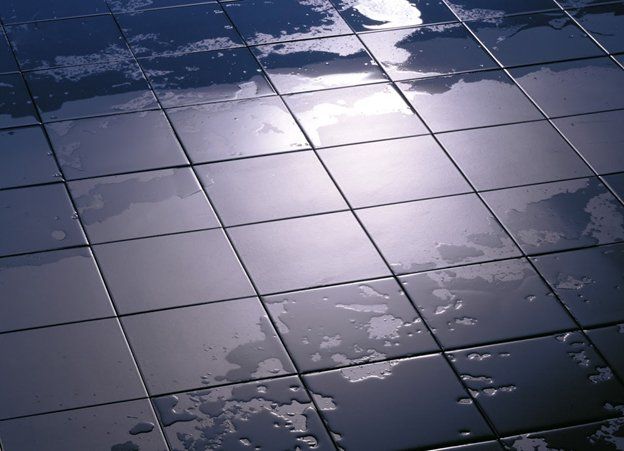3 Surprising Flammables in Your Home
- By Admin
- •
- 22 Jun, 2019
- •
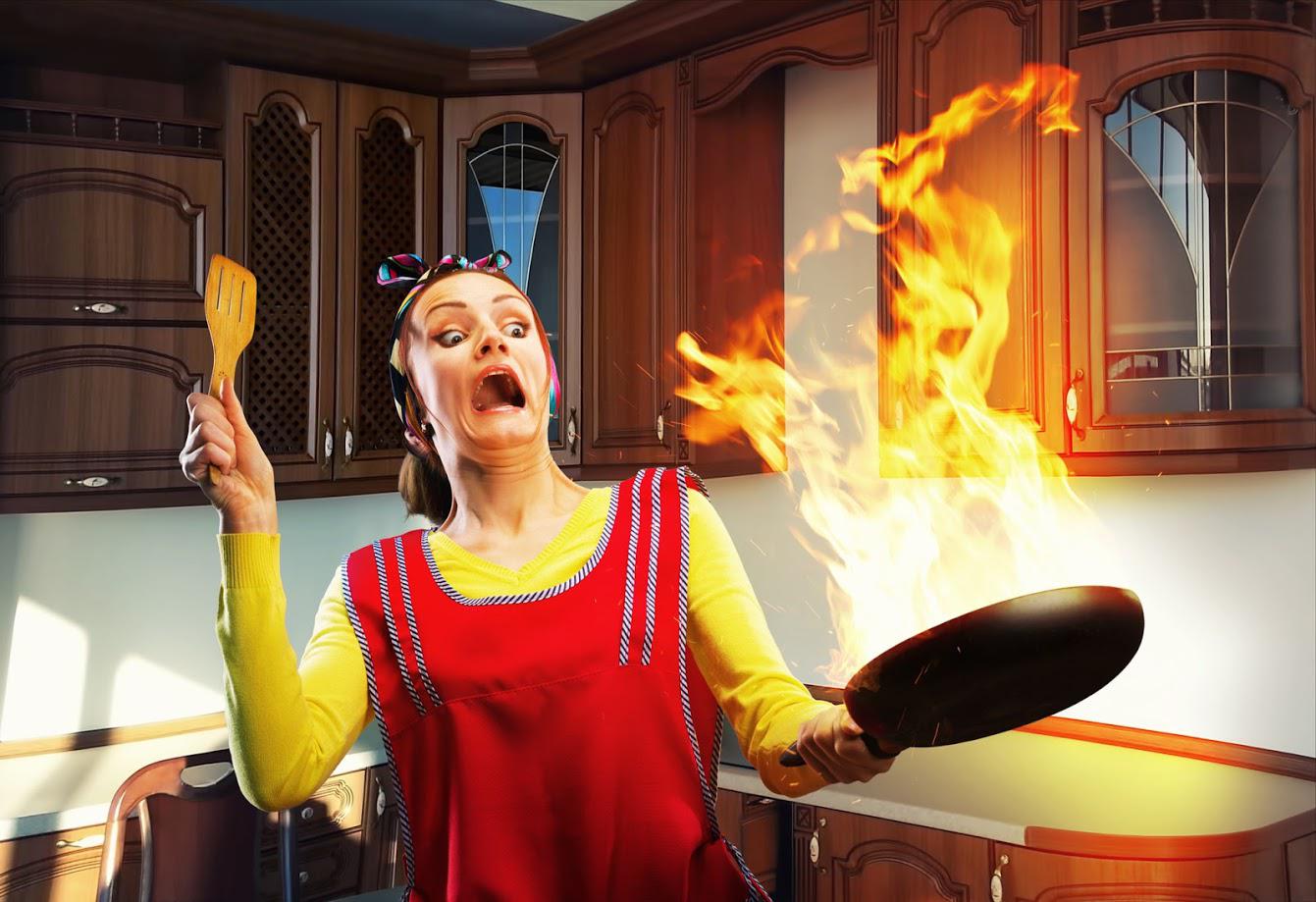
A house fire is tragic, no matter how severe it may be. The flames can cause significant structural damage, ruin priceless family heirlooms, and even cause death to a family member or pet. Take control of the fire risks in your home by identifying potential fire hazards and working to negate them.
Homeowners are surprised to learn that residential properties can be filled with flammable substances. You likely know better than to store gasoline or propane tanks inside your home, but common household products can also fuel a devastating house fire. Identifying these surprising flammables will help you take action to use and store them safely in the future.
1. Ping Pong Balls
Do you have a game room in your home? Does that game room include a ping pong table? If the answer is yes, then you have some extremely flammable objects inside your home. Ping pong balls are constructed from a material called celluloid. Celluloid is highly flammable, and a ping pong ball will turn into a flaming projectile once ignited.
It doesn't take much for a ping pong ball to start on fire because of its flammable nature. To prevent a devastating house fire caused by a flaming ping pong ball, never use candles or a fireplace in the room where a ping pong table is located.
You should also use LED bulbs in game room lamps to keep heat production to a minimum. If a stray ball flies into the lamp, the LED bulb will be cool enough to help avoid ignition.
2. Cooking Powders
Studies show that most house fires originate in the kitchen and are caused by a cooking accident. Most homeowners know that grease and cooking oils are extremely flammable, but you may be surprised to learn that some cooking powders are flammable as well.
Flour is especially dangerous when it comes into contact with extreme heat. Flour dust particles that are suspended in the air act as an explosive. This means that you could potentially be sitting on a powder keg every time you cook or bake.
Sugar can also help fan the flames of a house fire. Sugar particles have a very high ratio of surface area to volume. This means that they will burn up instantly. Anytime you have flour or sugar dust particles in the air and a ready supply of oxygen, the possibility of an explosion exists.
You can mitigate this risk by doing all ingredient measuring and mixing on a surface located far from your oven, stove, or microwave.
3. Aerosol Cans
Many household products come packaged in aerosol cans. Hairspray, sunscreen, air fresheners - all of these items can become flamethrowers when exposed to an open flame. This is because most aerosol products feature propane or butane as a propellant.
Even empty aerosol cans are not safe. Leaving an empty can in direct sunlight for too long can cause the can to explode. If a candle happens to be nearby, a house fire can be started.
Dispose of all empty aerosol cans properly and store aerosol products in a dark, cool location away from any heating appliances or open-flame candles to minimize the risk of combustion.
Be proactive in protecting against a house fire in your home. Unfortunately, not all house fires can be prevented. If your home has sustained smoke or flame damage, contact the professionals at Utah Disaster Restoration Services.
We have the knowledge and experience required to help you evacuate smoke from your home, properly treat soft goods for smoke damage, and deal with any water damage caused by firefighters when putting out the flames in your home.
